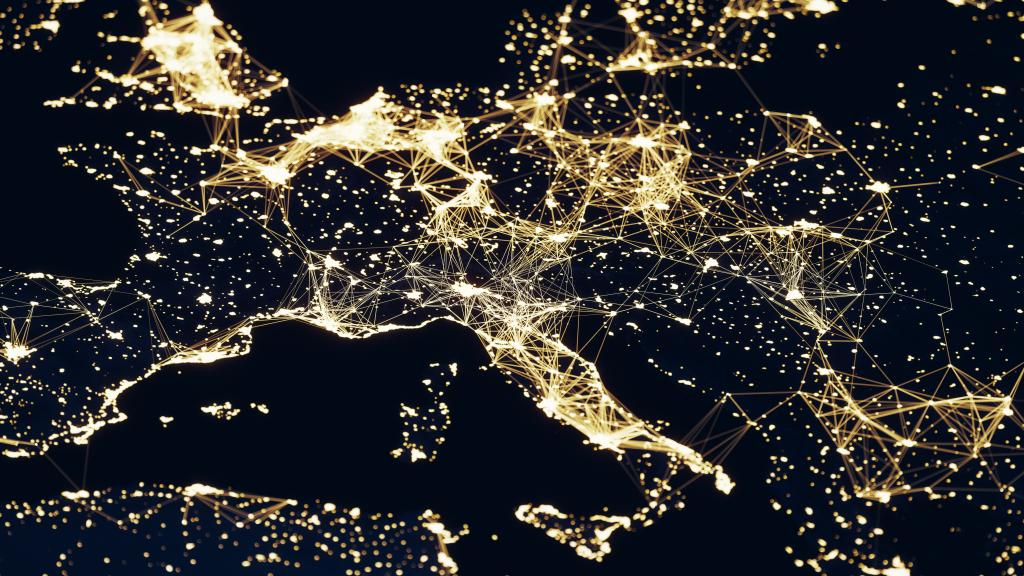31 October is the United Nations’ “World Cities Day”. Its objective is to “to focus the international community’s attention on urbanisation as a central issue for development”. Each year, World Cities Day is associated with a specific theme that addresses a critical challenge of global urbanisation. The sub-theme this year is “Valuing our communities and cities”. Not surprisingly, much of the discussion with has concerned COVID-19, and the way that “local communities have played a key role in contributing to keeping people safe and maintaining some economic activities”. In particular, taking advantage of the proximity, agglomeration, and diversity characteristic of cities, many individuals and groups have volunteered and acted to mitigate the disruption and suffering engendered by the pandemic.
At the same time, cities are also widely perceived as significantly accelerating the spread of COVID-19, whether as demographic foci of infection, sites of risky socialization, or due to their critical roles as transport, production, distribution, or consumption hubs within the global economy. Even if cities have long been important as such, it was not always this way. Consider, for example, that almost 700 years ago, it took the Black Death two decades to travel from China to Europe. Obviously, this is partly because transportation has sped up and become more efficient. A round-trip from Rome to China along the Silk Road took about two years in 1300, while today a direct flight between Rome and Beijing takes 14 hours. The percentage of the world’s population living in urban areas has also grown from about 10% in 1300 to over 55% today.
There is no doubt that we now live under conditions of what the urbanists Neil Brenner and Christian Schmid have labelled “planetary urbanisation”, and that this has fundamentally changed things. The expression refers to more than just a demographic shift, however. The urban today is more than just a place, but a worldwide condition in which all political, economic, and socio-environmental relations come together, regardless of location or morphology. As the image above highlights well, spaces not traditionally considered urban per se – such as shipping routes, parts of the Amazon, or the Sahara desert – are now part of an integrated process of global urbanisation.
The seemingly paradoxical fact that many early COVID-19 clusters emerged in areas that we might identify as “peri-urban” also reflects this well. Although Wuhan is the pandemic’s putative “ground zero”, the disease actually originated in rural areas, and brought to the city because of particular food market demands. The first European Covid-19 virus clusters were in the Val Seriana, northeast of Bergamo, Starnberg, a municipality of 20,000 inhabitants about 30km from Munich, or Ischgl, a town of 1,600 inhabitants in the Tirolean Alps. The Val Seriana is a site of textile manufacturing with intense links to China, Starnberg is connected to the rest of the world through a major automobile-parts manufacturing plant, while Ischgl is a popular ski resort where urbanites from all over Europe mingle.
Such interconnections mean that COVID-19 bypasses local containment measures, and spreads regionally and globally along processes of production and reproduction that do not just flow between so-called “global cities”. This suggests that we requires a radical shift in our way of thinking about the urban. As the French urbanist Henri Lefebvre famously posited in his 1970 book, La Révolution Urbaine, if “society has been completely urbanised”, then we require a new definition of cities, one that moves from seeing them as urban forms to urban processes. COVID-19 highlighted how the condition of planetary urbanisation not only changes the nature of (urban) society, however, but also its relation to the world more generally.



